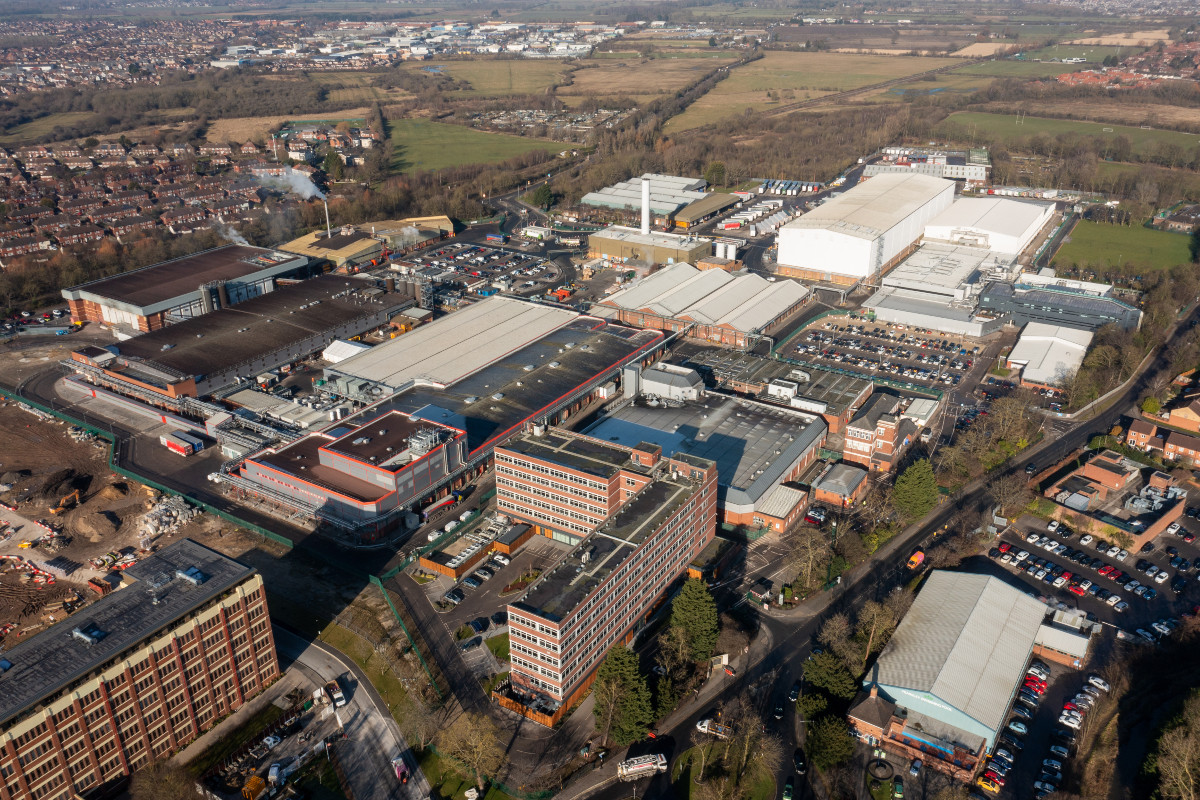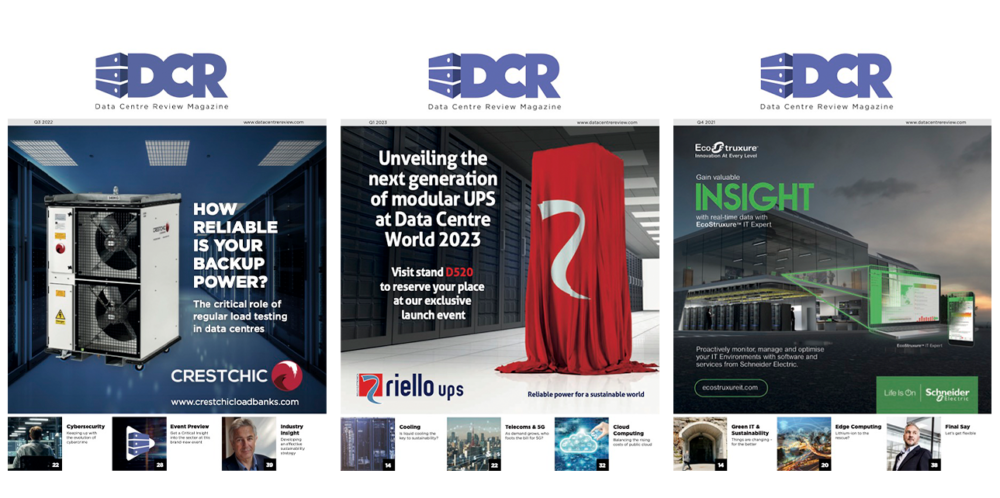Kevin Stickney, Managing Director at Erda Energy, believes that the time has come to flip the script and turn data centres into local energy contributors.
Data centres have become the backbone of our information-driven society. These facilities, which house vast arrays of servers and networking equipment, are essential for processing, storing, and transmitting data across the globe. However, their rapid proliferation has led to a significant increase in energy consumption.
While technological advancements have enhanced computing efficiency, the global appetite for data-intensive applications continues to outpace these gains, resulting in ever-escalating electricity demands.
The urgency to address energy efficiency in data centres is twofold: rising operational costs and the imperative to meet sustainability goals. Historically, efforts have focused on making data centres more ‘sustainable’ by integrating renewable energy sources. However, merely transitioning to green electricity doesn’t inherently solve the broader issue; therefore, it’s crucial to rethink the role of data centres. And doing so starts with the integration of technology to shift data centres from being energy consumers to energy prosumers within a community.
Identifying the challenges
Data centres are notorious for their substantial energy consumption. In 2023, they accounted for approximately 4% of the U.S. electricity market, with projections suggesting this could rise to 6% by 2026. The UK data centre sector is expected to also grow to 6% of electricity usage, although it has a slightly longer runway to 2030.
This electricity surge is happening all around the globe and is partly driven by the increasing demands of artificial intelligence and cryptocurrency mining. Notably, Bitcoin mining alone consumed about 2% of U.S. electricity in 2023.
This heightened demand has led to increased electricity prices in regions dense with data centres, such as Santa Clara, California, and upstate New York. Additionally, concerns have emerged in Northern Virginia regarding potential costs to residents for future power infrastructure expansions and the intense pressure on an antiquated power grid.
The primary energy-intensive components of data centres include:
- Cooling Systems: Maintaining optimal temperatures is vital to ensure equipment longevity and performance. Traditional cooling methods can consume up to 40% of a data centre’s total energy usage.
- IT Equipment: Servers, storage devices, and networking gear are in constant operation, leading to significant power draw.
- Infrastructure: Supporting systems such as power distribution units and uninterruptible power supplies add to the overall energy footprint.
Metrics like Power Usage Effectiveness (PUE) and Water Usage Effectiveness (WUE) are critical in assessing data centre efficiency. While PUE measures the ratio of total facility energy to the energy consumed by IT equipment, WUE evaluates the water consumption relative to IT energy usage. Despite advancements, many data centres still rely heavily on high-carbon energy sources, contributing to their overall carbon footprint.
Strategies for reducing energy consumption and costs
To transform data centres from energy consumers to energy contributors, several strategies can be employed:
Upgrading the building facility
Transitioning to electric heat pumps can enhance energy efficiency. Geo-exchange solutions, which use the Earth’s stable temperatures, offer sustainable heating and cooling options. Integrating energy storage systems can further optimise energy use by balancing demand and supply.
Additionally, data centres generate substantial heat during operations. Facilities should look to integrate advanced technology that can harness wasted heat and redistribute its energy back into a controlled system.
Optimising performance
Using AI and machine learning can lead to real-time energy optimisation. Predictive maintenance ensures that equipment operates at peak efficiency, reducing unexpected downtimes and energy wastage.
Additionally, integrating data centres with smart grids provides an opportunity for dynamic energy management, including demand-response programs that can adjust energy usage during peak periods, leading to cost savings and grid stability.
Tapping into potential thermal energy networks
By tapping into the Earth’s natural heat, and using the earth as a thermal energy battery, data centres can provide heating solutions to nearby residential and commercial buildings, fostering a symbiotic energy relationship.
Furthermore, data centres can supply cooling to the area transforming waste heat from the hot external ambient temperature throughout the summer months. The circular use of geothermal heating and cooling can reduce the unnecessary costs associated with operating data centres.
Are data centres ready for the transition?
As data centres continue to expand in response to the digital economy’s demands, it’s imperative they adopt long term sustainable solutions that address both energy consumption and environmental impact.
Beyond internal efficiency improvements, data centres have the potential to serve as energy hubs with long term sustainable solutions with immediate energy benefits to data centres and their wider communities.
With the right innovative technology in place, data centres can flip the script on the current energy challenge/crisis and become the contributors that ensure heat produced to create renewable energy for heating and cooling will meet both the commercial and residential needs of the community.
In conclusion, by reimagining their role, data centre facilities can transition from being mere energy consumers to active contributors to local energy ecosystems.


